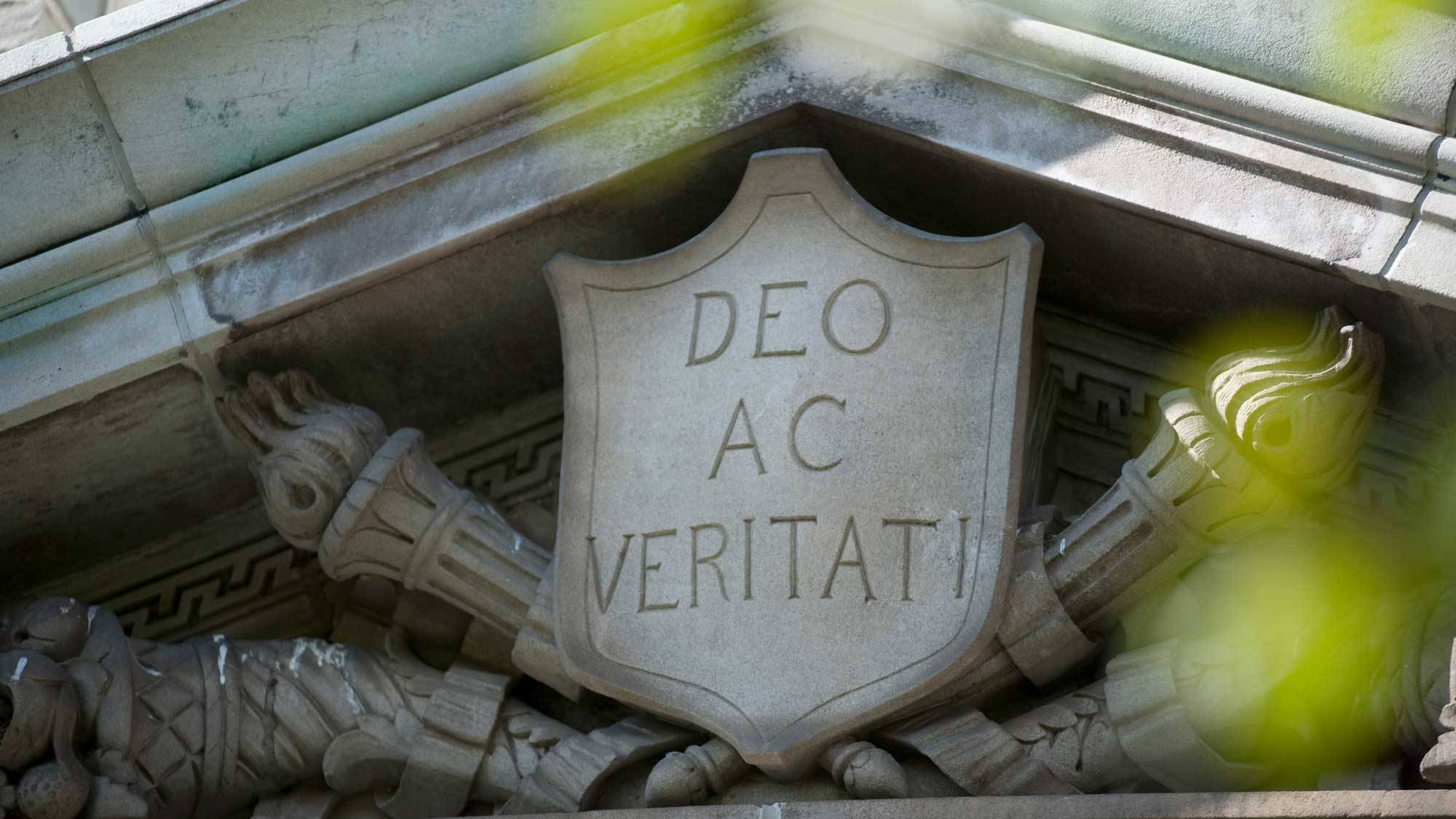We write to provide an update on Colgate’s campuswide review of building ventilation and air conditioning systems. This evaluation has included consideration of building entry and exit, traffic flow, and room occupancy thresholds as well as air flow and air quality.
The University has a wide variety of facilities and heating, ventilation, and air conditioning (HVAC) systems that range in age, function, and capacity. Therefore, we have taken diverse approaches to maximize the safety of these buildings, in keeping with guidance from the CDC, the New York State Department of Health, and the American Society of Heating, Refrigerating, and Air-Conditioning Engineers.
HVAC systems are designed to accommodate a building’s maximum occupancy; Colgate’s plans to reduce density within buildings will, by default, increase the efficiency of current equipment. Additional proactive efforts have been taken to improve ventilation and filtration. They augment strategies previously outlined in Colgate’s plan for in-person instruction, such as physical distancing, the wearing of face coverings, dedensification of campus spaces, installation of protective barriers, posting of wayfinding signage, limitations on in-person gatherings, and thorough and regular disinfection of high-touch areas.
Ventilation
In order to improve ventilation and provide additional fresh air in campus buildings, we have:
- increased air exchanges and system exhaust where possible;
- increased outside air intake where possible;
- set centrally controlled restroom exhaust fans to operate continuously;
- disabled all restroom forced-air hand dryers;
- established plans to continuously monitor the maintenance of positive pressure in our HVAC systems.
Improved Filtration
While many of our facilities already have CDC-recommended air filtration (MERV-13 or higher), we are upgrading filters where possible to meet or exceed recommendations. In the rare case that a system is unable to handle higher-efficiency filters, facilities will develop a building-specific HVAC plan, which will include increasing air changes per hour and expanding the hours when buildings run HVAC systems at full capacity where possible.
The correct installation of filters is as important as the media rating of the filter itself. We have therefore provided updated training to our staff on best practices for effective installation of filters. This will help to prevent leakage and minimize the introduction of unfiltered air into our HVAC systems. Filter changes, mechanical system maintenance, and other critical work is completed on a regular schedule that is based on manufacturer's recommendations and industry best practices.
In addition,
- air purifiers that are effective against an EPA-approved surrogate of SARS-CoV-2 have been installed in compatible elevators across campus;
- where appropriate and possible, room layout guidance will take airflow into account.
Other Considerations
Please be aware that certain doors — particularly fire doors — may need to remain closed for optimum HVAC functionality. Fire doors will have a metal tag on the door frame. Contact Facilities or Fire Safety if you need clarification.
We want to thank all those who have helped in planning and implementation. We will continue these efforts throughout the summer and the upcoming academic year. In coordination with campus task forces, the Emergency Operations Center, and the Health Analytics Team, we will monitor and consider all new science and guidance as it becomes available.
If you have questions, please email COVID19@colgate.edu.
Sincerely,
Steve Hughes
Associate Vice President for Facilities and Capital Projects
Mary Williams
Director of Environmental Health and Safety
